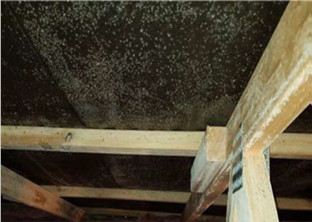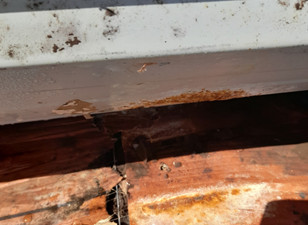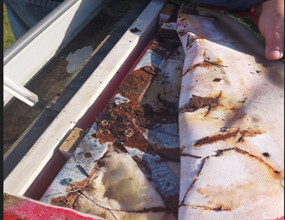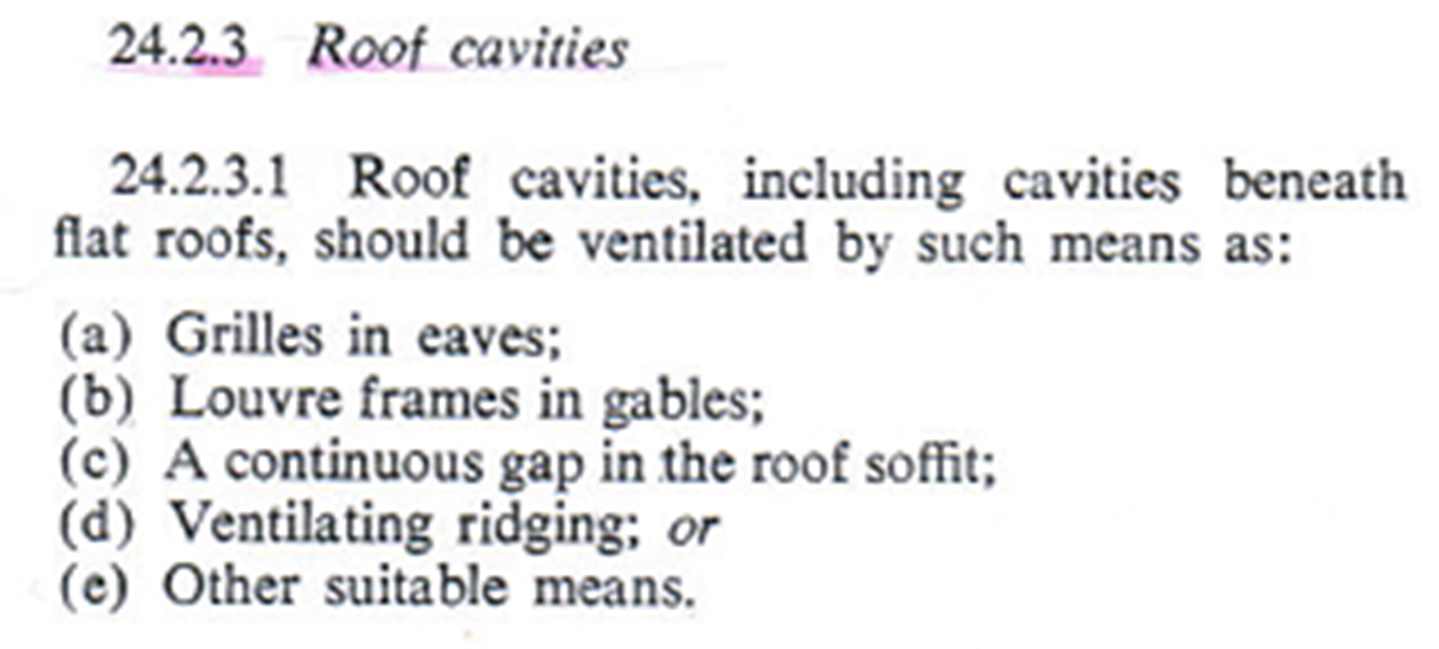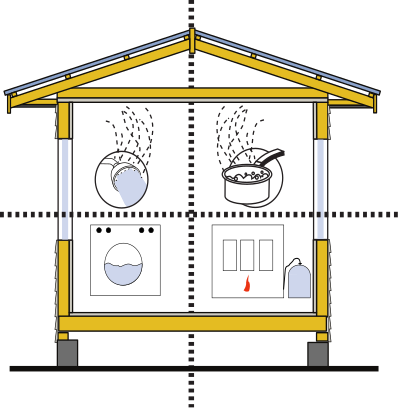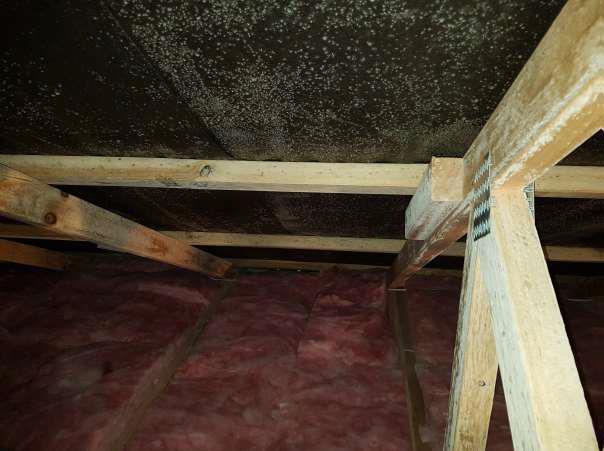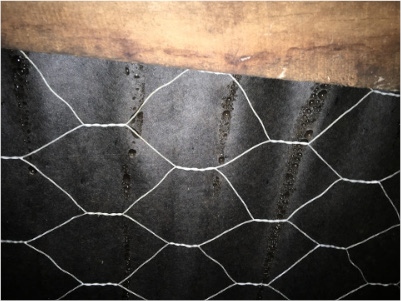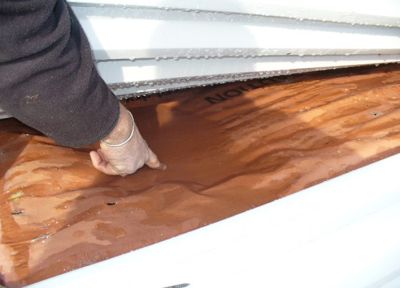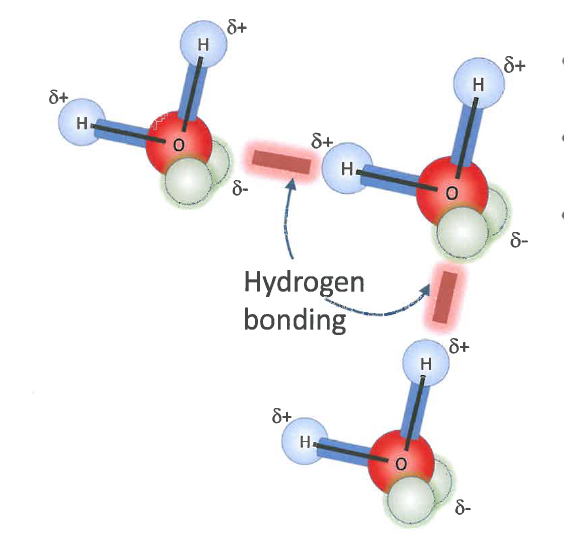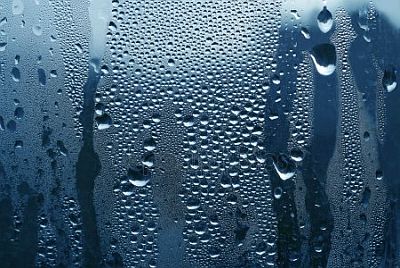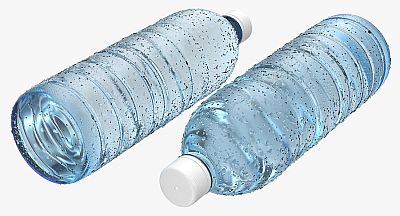Because of the cooking, washing, and respiration of the inhabitants, the humidity in the ceiling cavity is most often greater than that of the surrounding atmosphere. The space may also be colder than the ambient air at night due to 10.12.3 Night Sky Radiation
Warm air naturally rises but has little tendency to move laterally, except when a strong wind blows into roof vents or causes substantial differences in air pressure on opposite sides of the building. That is why eave-to-ridge ventilation is more effective under typical conditions than side-to-side ventilation.
Ventilation of a cavity space is desired to reduce the accumulation of condensation and assist in removing excess heat. Natural ventilation via the ribs of metal roof and wall cladding can achieve this adequately in normal circumstances, but additional provisions are often necessary. In all cases, air must flow naturally through the profile crests without barriers such as profiled foam filler strips at the eaves and apex, or impingement of bulk insulation.
Many roofs not overtly displaying the signs of excessive moisture build-up would benefit from increased ventilation.
A printable bulletin is available at: BEF01Position of Eaves Flashing to Underlay.
Extract:
"Eaves flashings are traditionally laid between the underlay and the eaves purlin. This is not always
necessary, or even desirable..."
Simple techniques to provide a clear path for air to enter, travel along and exit the roof cavity can include:
- Eaves:
- Allow air entry by soffit vents, over-fascia or behind-fascia vents, or by using fleece-lined roofing material.
- Ensuring that insulation does not impinge on the underside of the roof at the eaves. This can be achieved by using a heeled truss, eaves baffle, or both.
- Body:
- Ensuring that the air can travel under the roof. If insulation is flush with the underside of the purlins it can be done using a vented batten between the purlin and the underlay, or by using fleece lined roofing material.
- Apex:
- Making the roof underlay discontinuous at the apex by cutting or slitting the underlay and using a vented soft edge or vented ridge.
Sarked roofs must have a gap in the sarking at eaves and apex, or by an alternative eaves-to-apex passage.
With skillion roof or flat roof construction, the air volume is significantly reduced, so moisture saturation levels are more quickly reached. Also with these roof types, air flow paths are more easily obstructed. In skillion roofs with tongue and groove ceilings, a layer of roof underlay immediately above the ceiling will provide a vapour check and air barrier to compensate for the porosity of the ceiling. For more advice on skillion roof ventilation, see https://www.branz.co.nz/pubs/branz-facts/roof-ventilation/4-skillion-roofs/
Roofs continuous over an apex, such as barrel curved roofs or roofs with prickled ridges, must have adequate ventilation to prevent the accumulation of moisture at the apex.
Long low-pitched roofs will benefit from increased ventilation which may also assist in minimising thermally induced expansion noise. Ventilation typically increases as the roof pitch increases. Air movement through the crests depends on the spacing and area of the crests, roof pitch, and overall length of the sheeting. Corrugate and trapezoidal roofing provide more ventilation than secret-fix roofing. Ventilation through the crests still depends on air being allowed to enter at the eaves and escape at the apex.
Trough or tray section roofs have smaller ventilation channels and may require additional ventilation.
The use of profiled closures at eaves or ridge will create a substantial air barrier, and alternative ventilation paths must be created.
Additional roof space ventilation may take the form of:
- louvre vents in gable-ends,
- soffit vents,
- proprietary ridge vents,
- ventilated soft edge strips on transverse flashings, or
- mechanical or wind-powered vents positioned close to the apex.
Where eave-vent intakes and ridge-vent exits are both employed, the area of the ridge vents should be less than that of the eave vents. More air escaping at the ridge than entering at the eaves can lower the pressure of the attic cavity and encourage more ingress of moist air from the dwelling area.
In pitches of 30° or less cross venting from eaves to eaves alone is generally enough when combined with natural passive ventilation at the apex.
A common rule of thumb is to have a total ventilation cross-section area equal to 1/300 of the ceiling area. In NZ buildings, much smaller ratios have proven sufficient in most cases.
Increasing roof space ventilation above the insulation has only a small effect on R values. Ventilation of spaces above bulk insulation is not only desirable but prevents insulation losing effectiveness due to absorbing moisture.
Partial filling of a ceiling cavity with bulk insulation in flat roofs can severely reduce the amount of free air available to absorb incoming water vapour, thereby increasing saturation levels. Adding insulation while re-roofing must be done with due consideration; unless the amount of ventilation of the cavity is increased or a vapour check layer is used below the insulation, internal moisture problems can occur.

